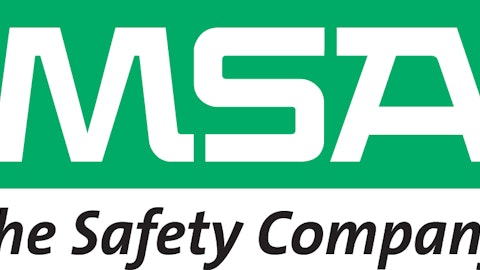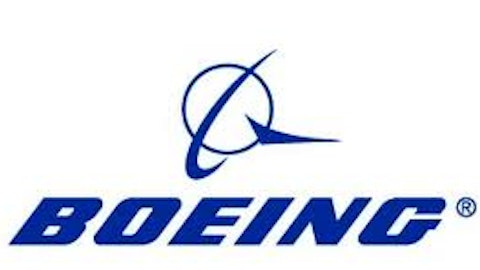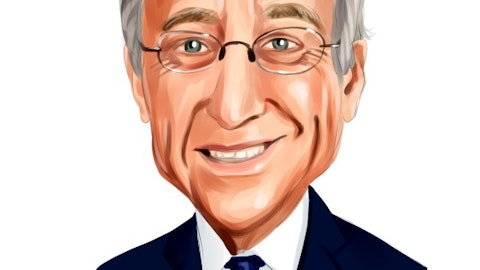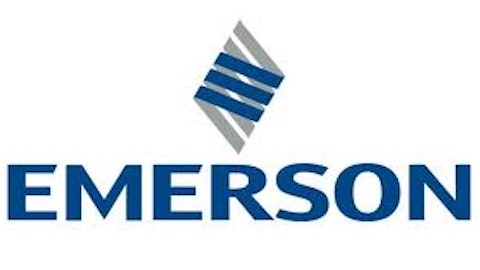Hedge funds are always an important indicator for individual investors to follow, and this is something we harp on here at Insider Monkey. While most believe that the smart money’s methods are old and underwhelming, research actually finds that the best picks of the best money managers have potential. Our small-cap strategy beat the market by 18% a year for more than a decade in our back tests, and since we started sharing this strategy with the public, it has returned another 18% in just 5 months (learn how to use this yourself).
Since funds’ fourth quarter 13F filings began trickling in a few weeks ago, we’ve already covered close to 100 of the world’s largest money managers, but we haven’t taken a look at Anand Parekh’s Alyeska Investment Group yet. Managing close to $2.5-$3.0 billion in assets, Alyeska is a Chicago-based hedge fund that follows a market neutral strategy, taking both long and short positions. In preparation for 2013, Parekh and Alyeska were making several notable moves; let’s take a look at his top five holdings.
Honeywell International Inc. (NYSE:HON) has been a top five pick for Parekh and Alyeska since the third quarter of last year, and the diversified technology manufacturer now sits in the fund’s No. 1 spot. The sheer variety of Honeywell’s business segments—transportation systems, aerospace, automation and control, and performance tech—is a key point of this company’s bullish thesis, and margins have generally been trending upwards over the past couple years.
Trading below 13 times earnings and a moderate PEG of 1.8, shares of Honeywell International Inc. (NYSE:HON) aren’t particularly expensive at the moment, and offer a solid dividend yield of 2.3% to boot. Mario Gabelli’s Gamco Investors and Cliff Asness’ AQR Capital Management (see Asness’ newest stock picks) join Parekh in this stock, which is very good company to have.
Hubbell Incorporated (NYSE:HUB.B), meanwhile, is another tech stock in Parekh’s equity portfolio, holding the No. 2 spot. The hedge fund manager downsized his position in Hubbell by 7% last quarter, but it still comprises 2.5% of his total 13F-reportable assets—one of only three stocks to hold this distinction in Parekh’s equity portfolio. Generally speaking, this electronic instruments company has been a splendid investment since the beginning of the fourth quarter, returning 15.3%.
Despite the appreciation, Wall Street’s average price target represents a 4% upside for Hubbell shares from their current level, and the most bullish analysts think this upside can stretch to 12%. It’s easy to see that Parekh and Alyeska most likely lie in this latter group, and it’s worth noting that aggregate hedge fund interest did increase by 5% in Q4 (of the 450 top-tier funds we track).
Capital One Financial Corp. (NYSE:COF), sitting in third, saw Parekh cut his position by 17% last quarter, though the financial services giant still holds a lofty spot in his portfolio. Mr. Market has not treated Capital One very nicely since the start of 2013, as its shares have dropped almost 12% year-to-date. While Parekh obviously didn’t sell his position entirely, some managers who did include John Overdeck and David Siegel’s Two Sigma Advisors, and Clint Carlson’s Carlson Capital. On the whole, hedge fund interest in Capital One fell by 8% last quarter.
Now, with this selloff, shares trade at major discounts across the board, and on average, the sell-side expects annual EPS growth to accelerate at a rate of 8-9% a year through at least 2017. There are obviously two sides to every story, but it’s important that value and growth-hunting investors at least consider the smart money’s sentiment.
Eaton Corporation (NYSE:ETN) and The Boeing Company (NYSE:BA) round out this top five, and each received a major vote of confidence from Parekh and Alyeska last quarter. The hedge fund upped its stake in The Boeing Company (NYSE:BA) by 14% and established a new position in Eaton.
Why was this the case?





